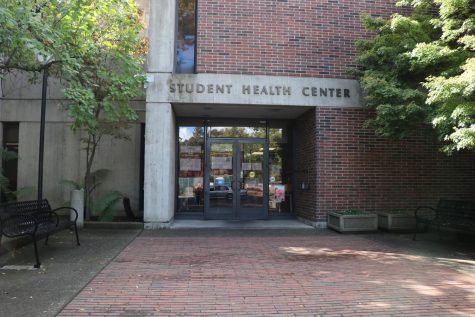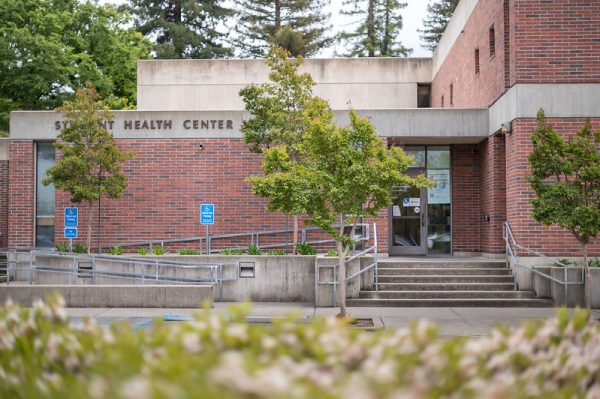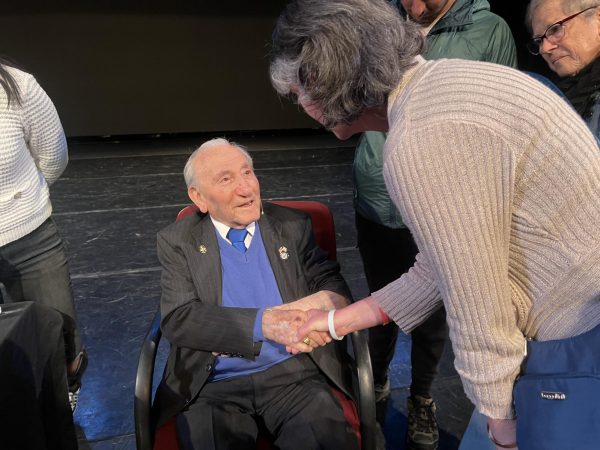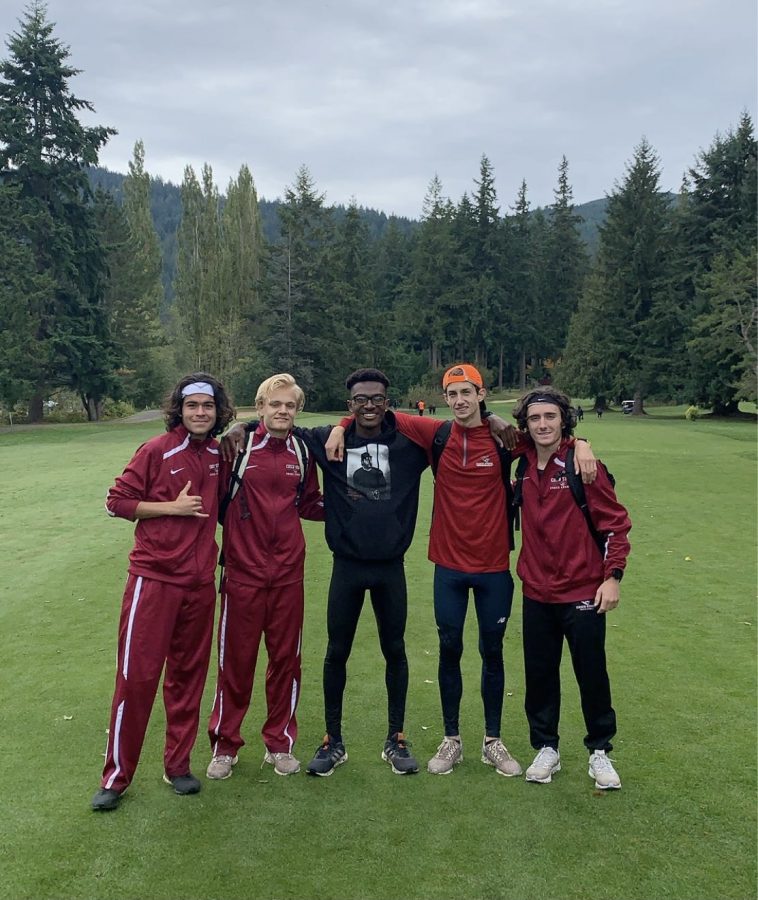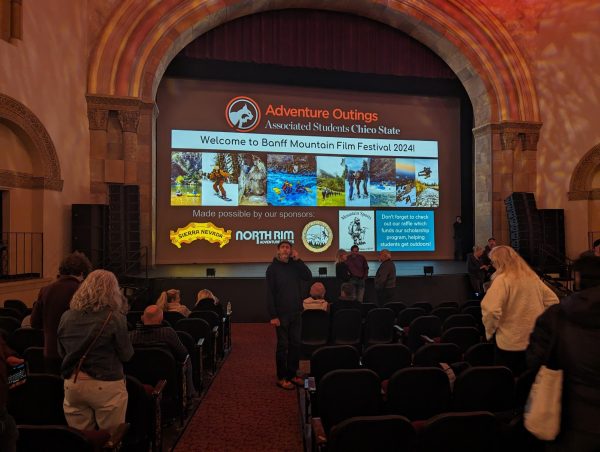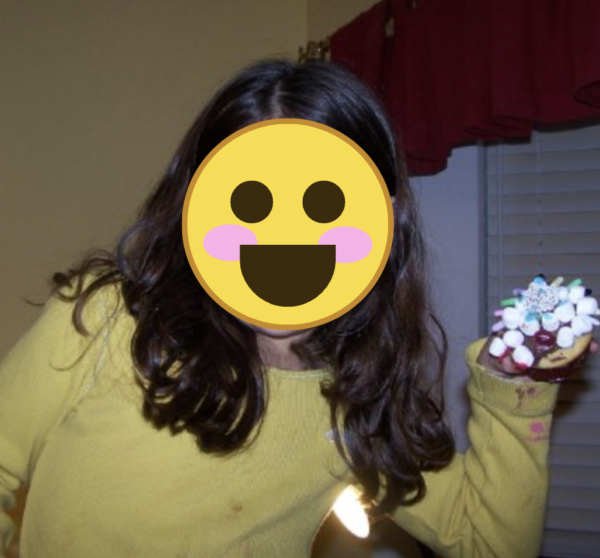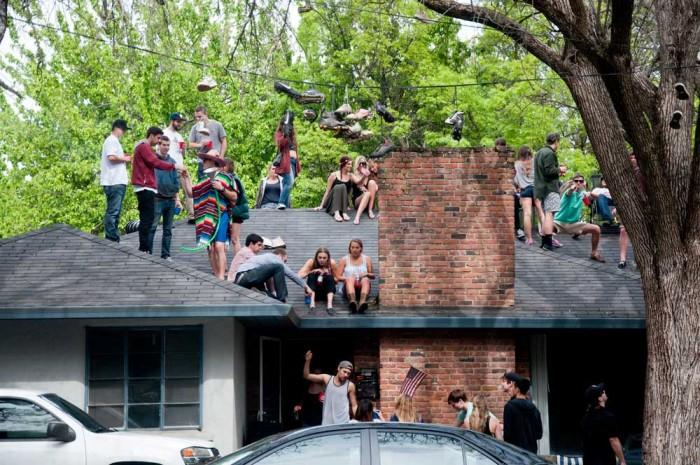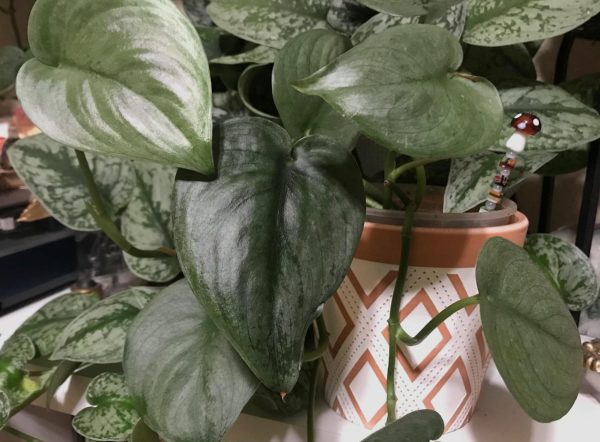The growing identity crisis amongst young people
On March 19, 2020, California issued a statewide stay-at-home order. “We need to recognize reality,” Gov. Newsom explained. This “reality” proved to be much grimmer as we continue to struggle to contain COVID-19 and return to normalcy. It’s been over 500 days.
I find it fascinating when I talk to people and they use the phrases “before COVID” and “after COVID” to refer to past and future events. It implies that this pandemic is our generation’s defining moment, like 9/11 or the Vietnam War were for previous generations. As such, the way many of us see ourselves prior to this event is no longer the way we see ourselves after.
Before any thought of a worldwide pandemic crossed my mind, my identity was inextricably linked to being a student athlete. I would wake up early to meet up with my teammates underneath the bleachers of Chico State’s stadium. We cracked jokes, talked about previous races and complained about how cold it was that morning. Other mornings, we’d be so tired we’d decide to opt for a run in silence, still enjoying each other’s company. I’d then go home and take a quick shower before cycling the half-mile to campus for my classes.
I still wake up early, but now head to work where I spend my day making coffee. Classes are back in-person, but I no longer ride my bike half-a-mile to campus. Instead, I opt for the comfort of my bed and log into Zoom University. Many friends have gone, but more have entered my life.
Now more than ever, I notice myself contemplating these drastic changes my life has undergone in the past year and a half. I often feel a sort of existential dread when I am simply unable to reconcile my identity pre-COVID with that of the present.
Social Psychologist Peter Weinreich defines a person’s identity as “the totality of one’s self-construal, in which how one construes oneself in the present expresses the continuity between how one construes oneself as one was in the past and how one construes oneself as one aspires to be in the future.”
The world has allowed for a sense of personal identity that is anything but continuous, and the youth are disproportionately affected. We are facing an identity crisis in response to the sudden changes COVID-19 has brought about in our lives, preventing us from developing continuity between our pre-pandemic selves and our present selves.
My identity was anchored on being a student-athlete. At the peak of COVID, I decided I would not return if collegiate athletics made a comeback. I’d been running competitively for seven years and I never thought I’d stop so suddenly and without warning. I am not alone, as other athletes throughout the country also stopped competing and practicing. Like me, these athlete’s identities are strongly tied to their respective sport, but this was suddenly taken from them.
As students, we struggled with well over a year of virtual schooling and an empty campus. We hardly felt like students even though that is who we’ve been a majority of our lives.
I struggled to accept these changes. Everything in my life revolved around running. My eating habits, my sleep schedule and even my school schedule depended on running.
I also didn’t feel like a student. Zoom failed to replace a physical classroom. Listening to a lecture on a laptop felt lonely and I simply missed being present with my peers. I wasn’t allowed for a gradual opportunity to accept that aspects of one’s life inevitably change.
The repercussions of these changes and the resulting identity crisis are frightening. A nationwide study conducted by an assistant professor at the Boston University School of Public Health, Sarah Ketchen Lipson, surveyed 33,000 college students and showed that the prevalence of depression and anxiety among college students reached its greatest level during the peak of the pandemic. “Half of students in fall of 2020 screened positive depression and/or anxiety,” Dr. Lipson stated.
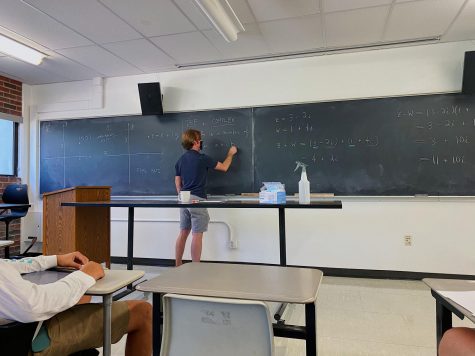
How do we cope with a broken sense of identity and the growing mental health crisis? I think it is important to stay mindful of where we anchor our sense of self. Ultimately, we think our profession is who we are, not just what we do.
This line of thinking is incredibly problematic but has become so common and ingrained in our modern culture that it affects the way we communicate. For example, when adults talk to kids they ask, “What do you want to be when you grow up?” This idea of being implies that you are what you do. You are not someone who studies; you are a student. You are not someone who works; you are a worker. We, however, have it backwards.
In The War of Art, published in 2002, Steven Pressfield states that the professional (in contrast with the amateur), “stands at one remove from her instrument.” He explains, “She does not identify with this instrument. The professional identifies with her consciousness and her will, not with the matter that her consciousness and will manipulate to serve her art.”
Ultimately, we’ll find joy and become effective in what we do if we can learn to stop tying our identities to it. Perhaps this is easier said than done and I am certainly far from mastering such an ability myself, but being mindful of our sense of identity is already a step in the right direction. And that in and of itself is something to be proud of.
Aldo Perez can be reached at [email protected] or on Twitter @Aldo_Perez
